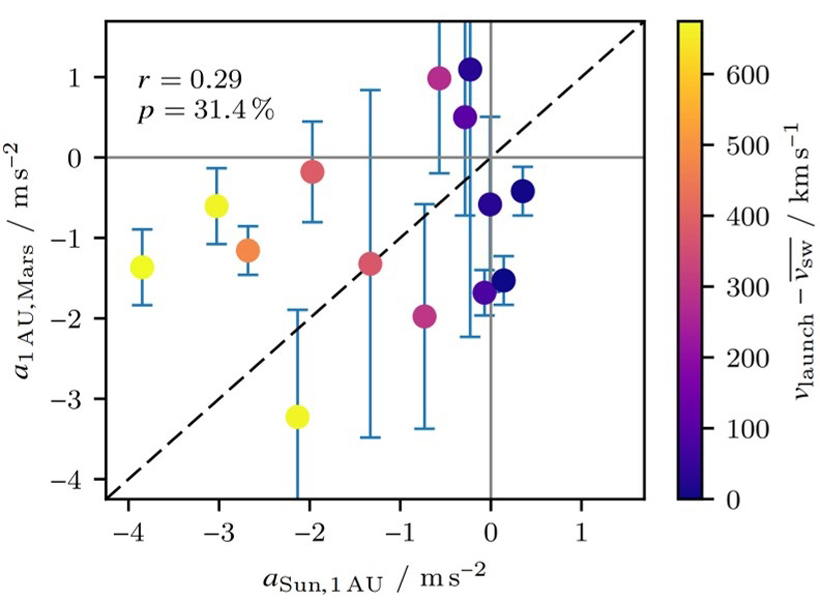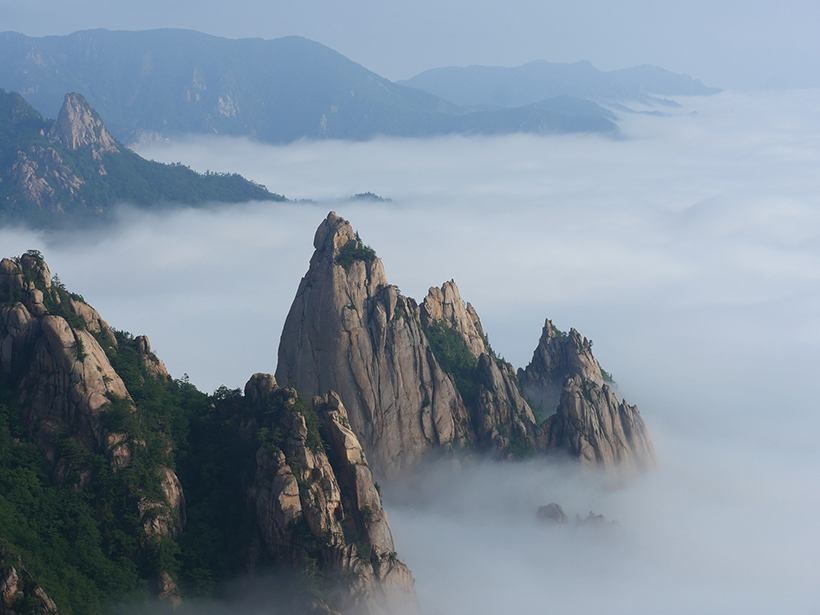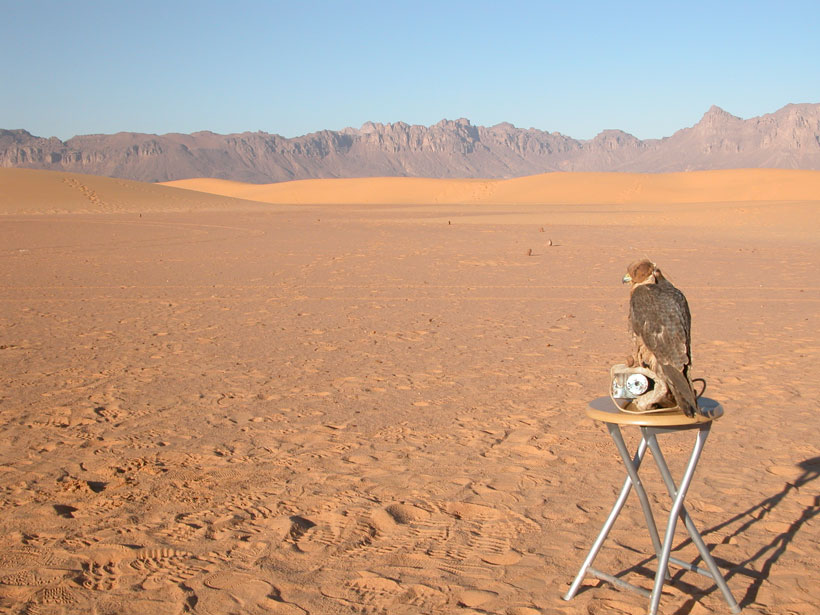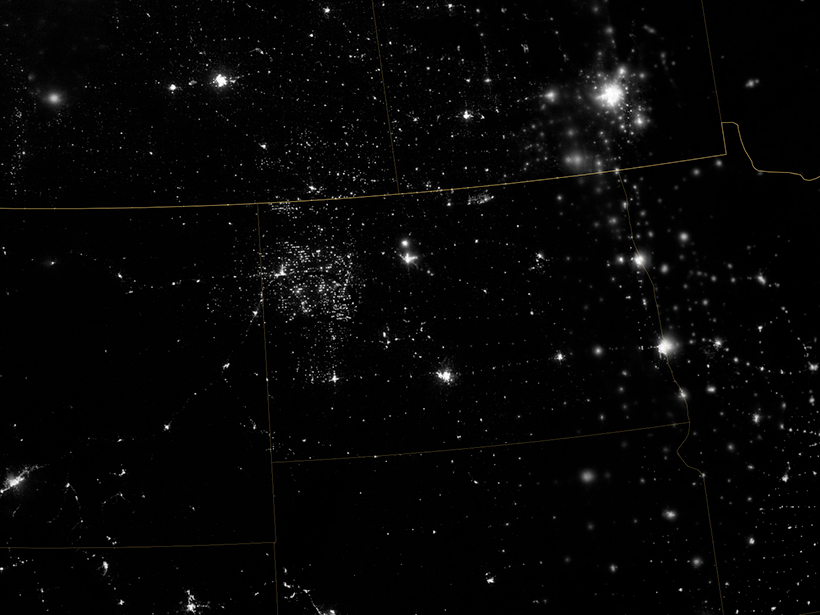Hurricanes Jose and Maria temporarily decelerated this powerful ocean current’s flow last year, according to data from an ocean glider that rode the stream between Florida and Massachusetts.
CC BY-NC-ND 2018
Fast CMEs Continue to Decelerate in the Outer Heliosphere
Most fast coronal mass ejections will be decelerated into ambient solar wind quickly in the inner heliosphere, but some of them continue the deceleration with an even larger amplitude beyond 1 AU.
Cycles of Mountain Building Formed 2018 Winter Olympics Terrain
The Korean Peninsula’s rich geologic history can be traced on the slopes of the alpine ski course.
Medieval Temperature Trends in Africa and Arabia
A synthesis of paleotemperature reconstructions from published case studies suggests warm onshore temperatures persisted across most of Afro-Arabia between 1000 and 1200 CE.
Acoustic Imaging of Oceanic Mixing in the Gulf of Mexico
Detailed analysis of acoustic reflections suggests that vertical mixing of oceanic water is enhanced at greater depths, thanks to weak stratification and the roughness of the seabed.
Ocean Wind Satellites Observe an Amazonian Drought
Satellites designed to observe ocean winds can also be used to map both forest structure and water content, allowing researchers to disentangle factors of carbon loss due to drought in the Amazon.
A New Model of Drumlin Formation
Observations from the surge-type glacier Múlajökull in Iceland underpin new modeling results that suggest the glacier’s drumlins grow during quiet intervals of normal flow between glacial surges.
California’s Water Savings Dwindle When Drought Fears Subside
Policy changes and media attention affect how much water Californians use, as well as how long these behaviors prevail. Could public awareness shift behaviors toward long-term conservation?
More Earthquakes May Be the Result of Fracking Than We Thought
Scientists show small earthquakes caused by fracking near Guy-Greenbrier, Ark., in 2010 that could have been early indicators of high stress levels on larger faults deeper underground.
Managing Radio Traffic Jams with the Cloud
Sensor networks and data mining allow for fully automated, real-time monitoring of radio waves.









